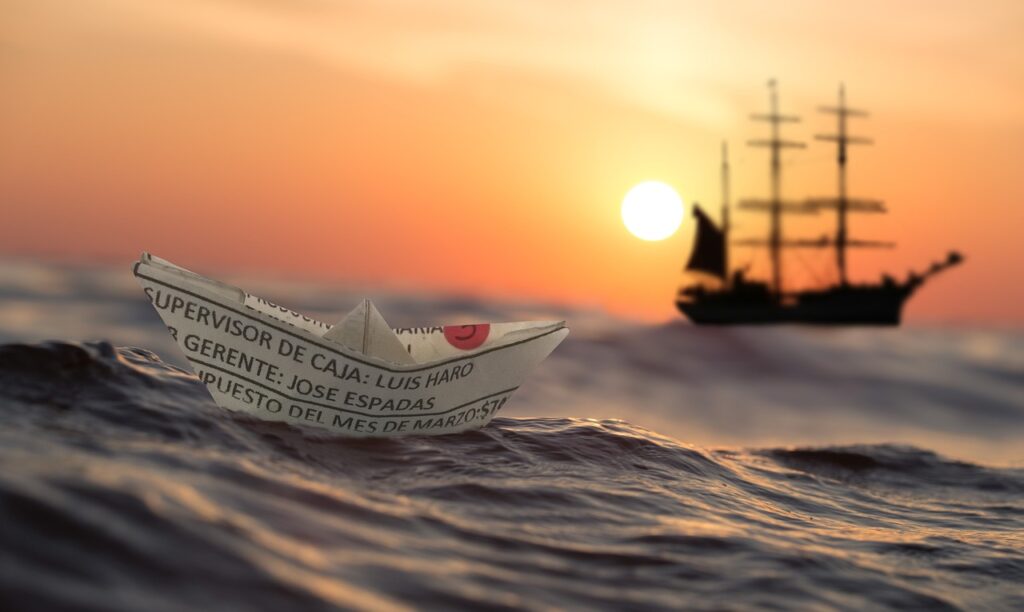CC Timeline BattleshipCourse of events Ship remains as a head illustration of development in the domain of methodology prepackaged games. This game breathtakingly coordinates the customary mechanics of Warship with a unique timetable component, making a rich and drawing in experience for players. In this far reaching guide, we dive profound into the complexities of CC Timeline Battleship Course of events War vessel, investigating its plan, interactivity, and vital components that put it aside from customary prepackaged games.
Introduction to CC Timeline Battleship
CC Timeline Battleship revolutionizes the classic Battleship game by embedding it within a historical context. While the conventional Warship centers around strategic boat situation and vital speculating, CC Timetable Ship presents a course of events component that fundamentally upgrades the intricacy and profundity of the game. This imaginative component gives verifiable setting as well as presents extra layers of technique, making each game an exceptional encounter.
Historical Background and Development
The starting points of CC Timetable Warship are well established in the advancement of the first Ship game. Ship, at first a pencil-and-paper game tracing all the way back to The Second Great War, was popularized during the 1960s. The variation of CC Timetable War vessel takes this exemplary game to another level by integrating verifiable occasions and courses of events, mirroring a more profound comprehension of maritime fighting and key preparation.
Components of CC Timeline Battleship
CC Timeline Battleship includes several key components that contribute to its engaging gameplay:
- Game Board: The game board is a grid where players position their ships. Unlike the traditional Battleship board, this one includes thematic elements that reflect different historical periods.
- Ship Tokens: Players have a set of ship tokens representing various naval vessels. Each ship has specific attributes and historical significance, influencing how players deploy and maneuver their ships.
- Timeline Cards: These cards present authentic occasions, mechanical progressions, or key difficulties that influence ongoing interaction. Course of events cards add a component of capriciousness and expect players to change their procedures continuously.
- Rules Booklet: The rules booklet provides detailed instructions on game setup, rules, and the integration of timeline events. It also offers background information on the historical context relevant to the game.
Gameplay Mechanics

The gameplay of CC Timeline Battleship involves several distinctive mechanics:
Ship Placement
Players strategically place their ships on the game board, considering historical naval tactics and positioning strategies. The placement phase requires careful thought, as it influences both defensive and offensive maneuvers throughout the game.
Timeline Integration
Throughout the game, players draw timeline cards at specific intervals. These cards introduce various historical scenarios that can impact ship movement, combat, and overall strategy. Players must adapt to these changes, adding a layer of depth and realism to the game.
Combat Resolution
When attacking, players use traditional Battleship mechanics combined with the effects of timeline cards. The outcome of each attack can be influenced by historical events or technological changes introduced by the cards. This aspect of the game requires players to balance their tactics with the evolving historical context.
Victory Conditions
The primary objective remains to sink all of the opponent’s ships. However, the integration of timeline cards can modify the rules and strategies needed to achieve victory. Players must be flexible and strategic to navigate these additional challenges.
Strategic Insights
Mastering CC Timeline Battleship requires a combination of strategic thinking and historical knowledge:
- Historical Context: Understanding the historical events and naval tactics reflected in the timeline cards can provide a strategic advantage. Players who are familiar with historical naval warfare may better anticipate the effects of timeline events.
- Adaptability: The powerful idea of course of events cards implies that players should be versatile. Fruitful techniques will include answering actually to changing conditions and utilizing new open doors as they emerge.
- Tactical Positioning: Effective ship placement and movement are crucial. Players must balance offense and defense while considering the impact of historical events on their strategies.
Educational Value
CC Timeline Battleship offers significant educational value by immersing players in historical contexts. The game serves as a tool for learning about naval history, technological advancements, and strategic planning. By integrating historical events into gameplay, it provides a deeper understanding of historical naval conflicts and their impact on modern strategy.
Comparison with Other Historical Games
When compared to other historical strategy games, CC Timeline Battleship stands out for its unique integration of timeline elements. While games like Risk and Axis & Allies offer broader historical scenarios, CC Timeline Battleship focuses specifically on naval warfare with a detailed, timeline-based approach. This specificity allows for a more nuanced exploration of historical naval strategies and battles.
Conclusion
CC Course of events Ship addresses a pivotal headway in essential board gaming. By blending conventional War vessel mechanics with a rich verifiable setting, it offers an extraordinary and vivid experience that provokes players to think fundamentally and decisively. Its imaginative plan and instructive advantages settle on it a remarkable decision for both system devotees and history buffs.



